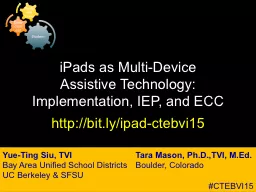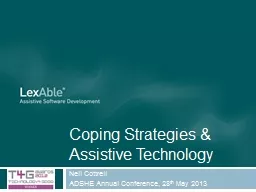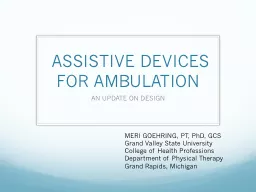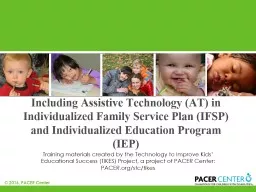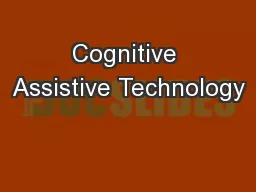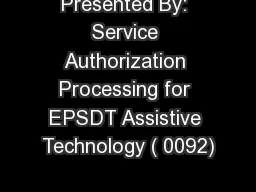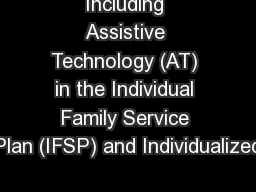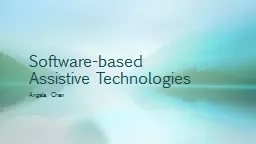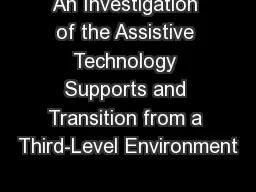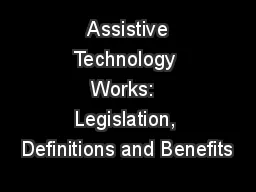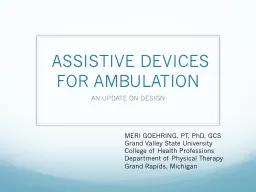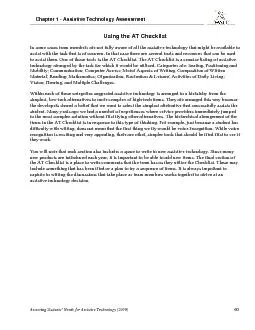PPT-iPads as Multi-Device Assistive
Author : tatyana-admore | Published Date : 2018-12-05
Technology Implementation IEP and ECC httpbitlyipadctebvi15 YueTing Siu TVI Bay Area Unified School Districts UC Berkeley amp SFSU Tara Mason PhD TVI MEd Boulder
Presentation Embed Code
Download Presentation
Download Presentation The PPT/PDF document "iPads as Multi-Device Assistive" is the property of its rightful owner. Permission is granted to download and print the materials on this website for personal, non-commercial use only, and to display it on your personal computer provided you do not modify the materials and that you retain all copyright notices contained in the materials. By downloading content from our website, you accept the terms of this agreement.
iPads as Multi-Device Assistive: Transcript
Download Rules Of Document
"iPads as Multi-Device Assistive"The content belongs to its owner. You may download and print it for personal use, without modification, and keep all copyright notices. By downloading, you agree to these terms.
Related Documents

